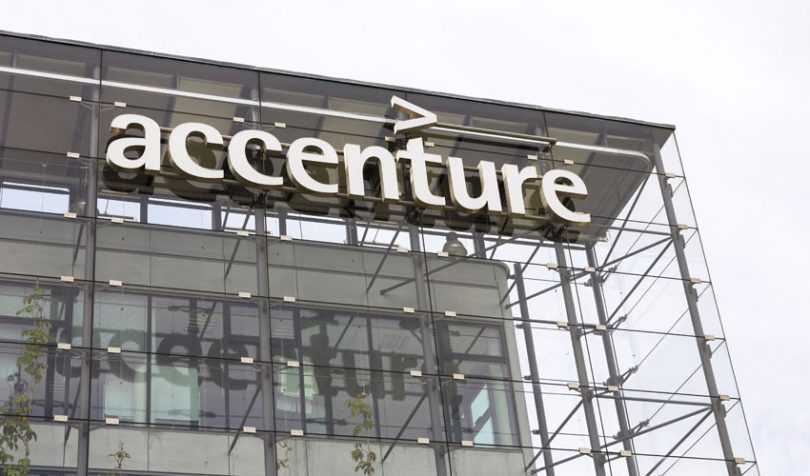Traditionally business database silos are integrated using APIs. Currently, APIs are a common suggestion and shortcut for integrating separate blockchain technologies. Accenture’s concern is that this undermines the value of blockchain which involves a shared ledger and hence doesn’t require reconciliation. Introducing APIs means you have two siloed blockchains that need to be reconciled. Instead, Accenture suggests having a trusted “interoperability node” that sits between the target distributed ledger technology (DLT) systems.
Best practice
Accenture points to the lack of current best practice for integrating different platforms like Digital Asset, Ethereum, Hyperledger, R3 Corda and others. When Ledger Insights spoke to insurance consortium RiskBlock at the start of the year, Christopher McDaniel described a similar solution produced by Deloitte.
In the RiskBlock case, the aim was to enable insurers who already had invested in blockchain projects to use them on RiskBlock. But those could be using a variety of technologies. Hence they created what they referred to as two parallel blockchains. One was the main RiskBlock blockchain, but an inner one was used for integration, much like Accenture’s interoperability node.
The important aspect is not who came first, but that two world-leading consultancies facing the same challenges have arrived at a similar solution. And there was a need for the consultancies to address the issue because the technology platforms themselves have failed to do so. Accenture points to the lack of action by the platforms as a result of competition between the protocols but also their worry over harmonization putting a brake on innovation.
Some technologies have a higher degree of interoperability built in. For example, interoperability between two Corda blockchains is relatively simple compared to two Hyperledger Fabric blockchains. However, when it comes to interoperating with each other or different technologies, they are both similarly challenged.
A consensus is forming that certain platforms are better suited to specific applications. And industries will need to interoperate. A good example is insurance which is needed for almost every industry. That means an insurance blockchain will need to integrate with say a supply chain or trade finance blockchain.
Additionally, if interoperability is possible, there is less agonizing over choosing the ‘wrong’ protocol. However, the existence of an interoperability solution is only one factor in the selection of the technology.
Possibilities
Accenture outlines two approaches to integration which presumably depends on what is being integrated. The first is value transfer. This is the ability to transfer a tokenized asset from one DLT ecosystem to another while protecting against double spend.
The second approach Accenture refers to as “Active state”. In this case, the data element needs to exist on two or more DLT platforms simultaneously, and its state needs to be kept in sync.
Other approaches
Apart from Deloitte’s multi-level blockchain, Hyperledger also has a Hyperledger Quilt project which implements the well-known Interledger protocol.
Gradually many of the barriers to DLT adoption are falling away. The DTCC recently demonstrated significant scalability. And Accenture is showing progress on the interoperability issue.






